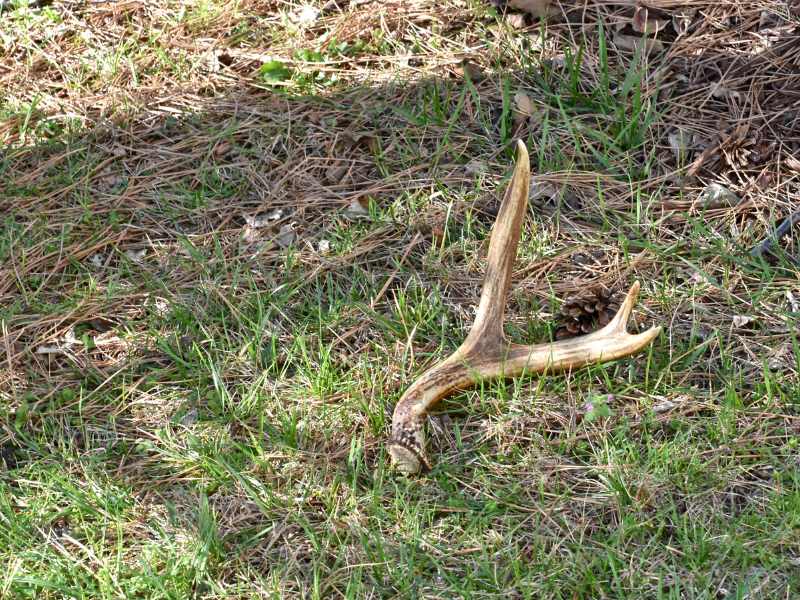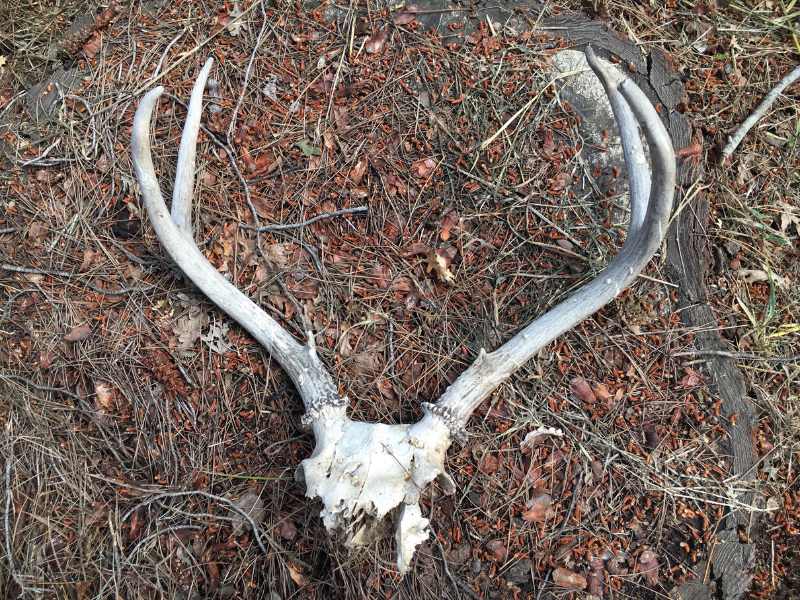As an adventurer with a penchant for treasure, you’ve likely found yourself immersed in the wilderness, seeking the elusive fallen antlers, or ‘sheds’ as we seasoned hunters call them.
This pastime, known as shed hunting, can be a thrilling chase and an enriching experience.
But hold your horses! Have you ever taken a moment to consider the rules and laws that govern this pursuit?
It’s not some Wild West out there, after all. Many states have their regulations, particularly during winter when wildlife is at its most vulnerable.
And let’s not overlook the ethical considerations – trespassing on private lands or protected sanctuaries isn’t just frowned upon, it’s downright illegal.
Contents (Jump to Topic)
ToggleSo, as you gear up for your next shed-hunting escapade and keep on reading
Understanding Shed Hunting
The charm of shed antler hunting is pretty straightforward – it’s a thrilling outdoor pursuit that could potentially turn a profit.
There are people out there that are buying those antlers. Antler prices fluctuate based on quality, species, and region, meaning you could cash in on a lucky find.
However, you also need to be aware of the rules and laws that regulate it.
As shed hunting’s popularity escalates, so does the need for regulations.
Some states have implemented rules to safeguard vulnerable deer and elk populations, especially during winter when these animals are at the highest risk.
Trespassing on protected lands and private properties has always been a concern.
State Regulations on Shed Hunting

Some states even necessitate shed hunters to complete an ethics course and obtain hunting licenses specifically for this activity.
These are calculated steps to ensure that you respect the environment and wildlife, especially vulnerable deer and elk populations.
Seasonal Restrictions and Guidelines
You might be surprised to find out that while in the Midwest, East, and South it’s legal to collect deer antlers right after they fall, many Western states have designated shed-hunting seasons.
read.. best shed hunting glasses
Bucks and bulls rely on their remaining fat reserves, and additional stress should be avoided to ensure they reach spring.
That’s why States like Colorado and Wyoming, for example, have specific periods when collecting deer antlers is prohibited.
Nine states have now passed laws to close certain wildlife areas to shed hunting, protecting vulnerable wildlife populations.
Colorado
- In 2018, the Colorado Parks and Wildlife Commission voted unanimously to prohibit shed antler and horn collection on all public lands west of I-25 from January 1 through April 30, annually.
- In addition, to further protect the Gunnison sage-grouse, the new regulations include a time-of-day closure in the Gunnison Basin May 1 – 15 from sunset to 10 a.m. This closure applies to public lands in Game Management Units 54, 55, 66, 67, 551. (more)
Idaho
- certain public lands are closed to all human activities in the late winter months (more).
Kentucky
- “Antler traps” are unlawful in Kentucky. To keep a skull found with antlers attached, you must first obtain a “carcass disposal tag” from a Conservation Officer (CO) (more).
Louisiana
- no antler traps allowed
South Dakota
- Shed hunting prohibition for “walk-in-areas” or certain federal lands. Call a game warden if you’re uncertain about an area.
Utha
- “You may gather shed antlers or horns — or parts of shed antlers or horns — statewide, but there is one seasonal requirement. From Feb. 1 to April 15, you must have an antler-gathering certificate on your person while collecting shed antlers or horns” (more).
Virginia
- no antler traps allowed (more).
West Virginia
- “It is unlawful to possess any wildlife, or parts thereof, which have been illegally taken, killed or obtained. This does not include the possession of deer antlers that are naturally shed and collected by a person from his or her own land, from public lands unless prohibited by law, or from private lands with the written permission of the landowner in hand” (more).
Wyoming
- date-specific restrictions for public lands west of the Continental Divide (January 1- April 30th) (more)
Harsh conditions and tough winter months are the primary reasons for these regulations.
In the West, the rugged terrain and severe weather can significantly deplete the energy reserves of deer and elk, making the winter months a critical period for their survival.
Selling Antlers

Shed hunting has indeed become a lucrative commercial enterprise, with antlers fetching high prices in various markets.
I researched prices and here is what I found:
| Elk | prices per lb. | $8 – $17 (and more) |
| Deer | prices per lb. | $4 – $14 (and more) |
| Moose | prices per lb. | $4 – $15 (and more) |
“and more” reference to good color, overall size, and condition.
Source: https://petskafur.net/antler-routes/antler-pricing/
Shed hunting has evolved into a commercial enterprise with antlers selling for high prices.
National Parks
Certain areas are off-limits for shed hunting altogether. National parks and refuges, as well as private lands, generally prohibit the activity unless you have a special-use permit.
Always check with your local conservation officer or wildlife agency to stay updated about hunting seasons and restrictions in your area.
Register a Deadhead

Collecting antlers that remain attached to the skull opens up a different discussion altogether, as nearly every state enforces regulations against picking up deadheads.
These laws are primarily in place, to prevent the spread of diseases such as Chronic Wasting Disease (CWD), which affects deer populations and can be exacerbated by the movement of infected animal parts.
Where to Find Shed Antlers
Food Sources
Agricultural Fields: After the harvest season, agricultural fields, especially those planted with corn, soybeans, or alfalfa, can be gold mines for shed antlers.
The leftover crops provide a vital food source for deer during the lean winter months, making these fields prime locations for sheds as the animals feed and move through the area.
Natural Food Plots: Areas rich in natural forage such as clover, acorns, or other nuts are also attractive to deer and elk.
These food plots not only offer sustenance but also become pivotal areas where these animals might drop their antlers.
Searching around these natural food sources, especially in early spring, can yield significant findings.
Bedding Areas
While not a food source per se, areas where deer transition (transition areas) from feeding to bedding sites are worth noting.
These zones often contain a mix of cover and open spaces, allowing for easier spotting of sheds.
Observing where animals enter and exit these feeding grounds can help pinpoint likely spots for shed antlers.
Before you go ..
For those of us with a passion for the outdoors and a deep respect for nature, shed hunting offers a unique way to connect with the natural world, understand the cycles of wildlife, and even contribute to the stewardship of our cherished wild spaces.
Happy shed hunting!






